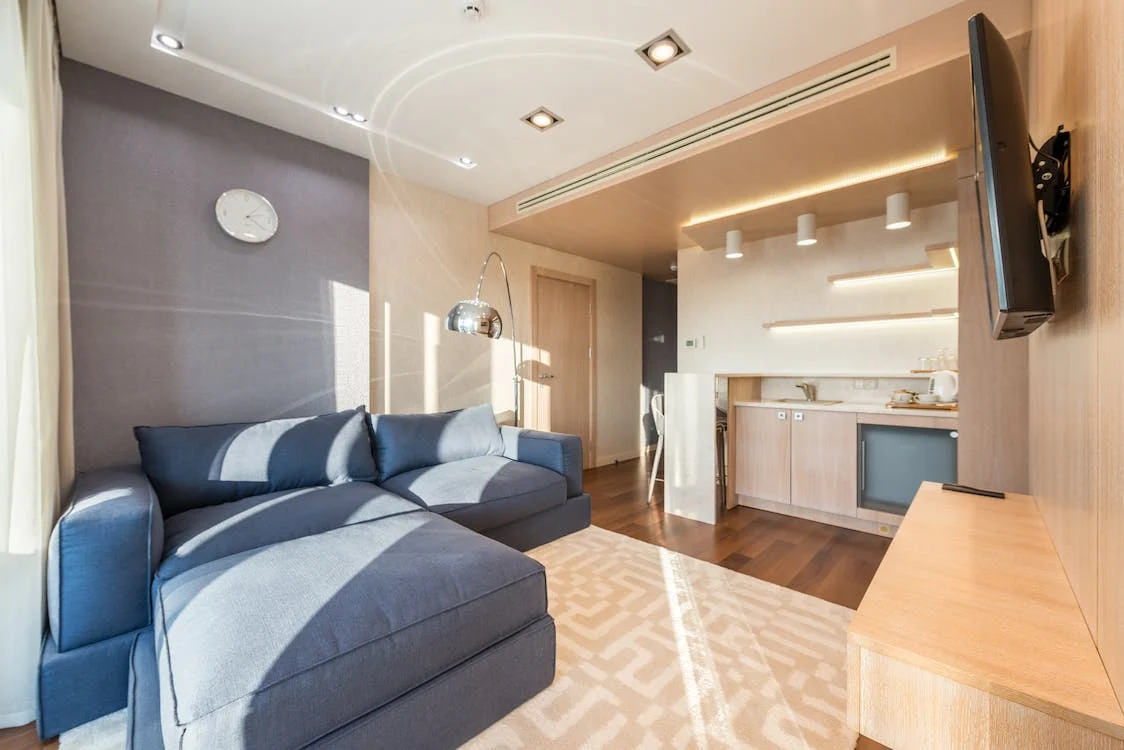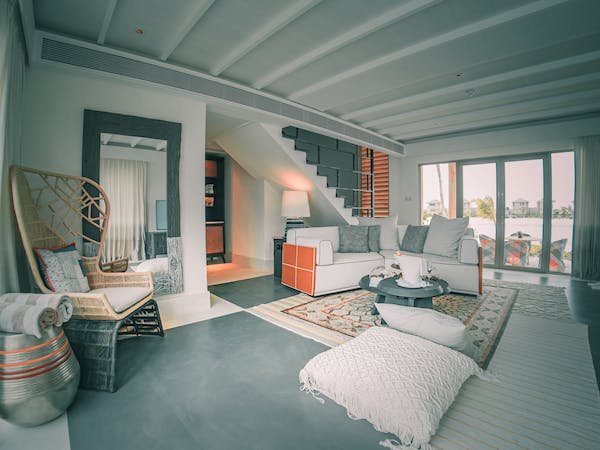Purchasing a property is a significant milestone in anyone’s life. Whether you are considering a Lochbuie condo or a single-family home, there are several factors to consider, including insurance needs. Understanding the differences in insurance requirements between these two types of properties is crucial for homeowners to ensure adequate coverage and protect their investment.
Condominium living offers a unique set of benefits, such as shared amenities, reduced maintenance responsibilities, and a sense of community. However, it also comes with distinct insurance needs compared to single-family homes. When it comes to insurance coverage, condominium owners typically encounter a different set of risks and responsibilities.
One key difference lies in the way the property is owned. In a condo, individual owners only own the interior space of their unit, while the exterior structure, common areas, and land are collectively owned by all unit owners through a homeowners’ association (HOA). This shared ownership structure necessitates specific insurance coverage, often referred to as an HO-6 policy or condominium insurance.
An HO-6 policy provides coverage for the interior of the unit, personal belongings, and liability protection for accidents that occur within the owner’s unit. It is essential for condo owners to carefully review their HOA’s master policy to understand what is covered and what additional coverage they need to secure. The master policy typically covers the building’s exterior, common areas, and liability for accidents within those areas.
On the other hand, single-family homeowners face different insurance requirements. With a single-family home, the owner is responsible for insuring the entire structure, both the interior and exterior, as well as the land it sits on. This type of coverage is known as an HO-3 policy or homeowner’s insurance.
An HO-3 policy provides coverage for the structure itself, personal belongings, liability protection, and additional living expenses in case the home becomes uninhabitable due to a covered event. Unlike an HO-6 policy, homeowners must secure coverage for the entire property, including the land, as they have full ownership and responsibility.
Another crucial aspect to consider is the cost of insurance. Condo insurance premiums are typically lower than homeowner’s insurance premiums due to the reduced amount of coverage needed. Since the exterior structure is covered by the HOA’s master policy, condo owners primarily need coverage for their personal belongings and potential liability claims within their unit.
In contrast, single-family homeowners bear the responsibility of insuring the entire property, including the structure, land, and personal belongings. As a result, homeowner’s insurance premiums tend to be higher compared to condo insurance premiums.
In conclusion, understanding the variances in insurance requirements between Lochbuie condos and single-family homes is vital for homeowners to make informed decisions. While both types of properties require insurance coverage, the extent of coverage and the responsibilities of the homeowner differ significantly. Whether you opt for a Lochbuie condo or a single-family home, consulting with an experienced insurance agent will help you navigate the complexities and ensure you have the right coverage to protect your investment.




